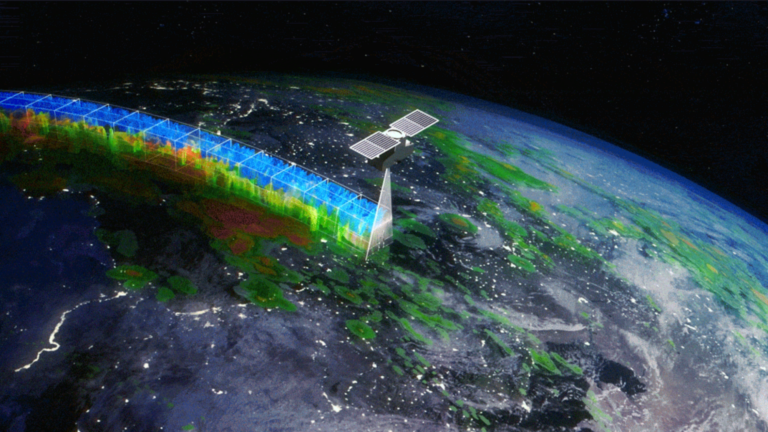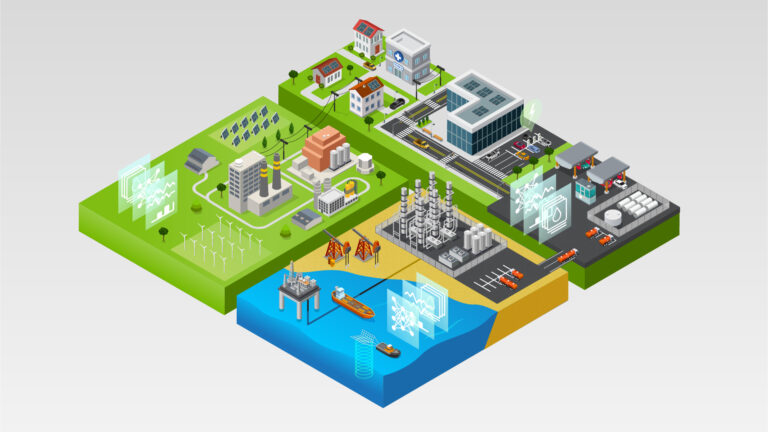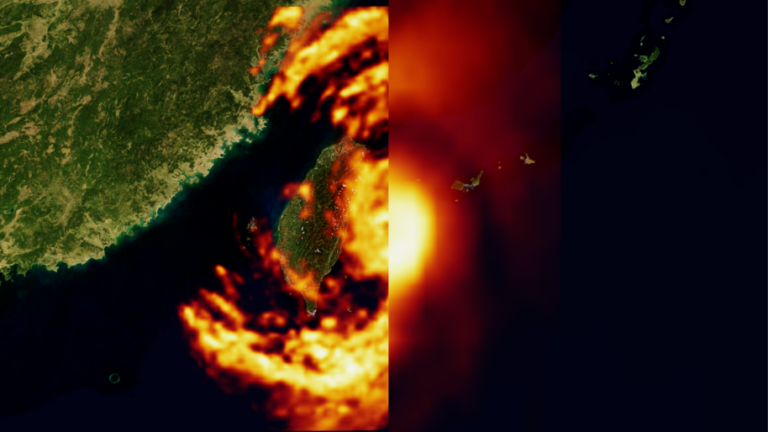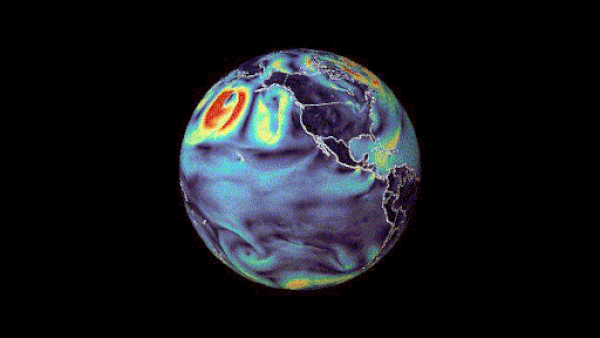
From hyperlocal forecasts that guide daily operations to planet-scale models illuminating new climate insights, the world is entering a new frontier in weather and climate resilience. The combination of space-based observations and GPU-accelerated AI delivers near-instant, context-rich insights to enterprises, governments, researchers, and solution providers worldwide. It also marks a rare��
]]>
Inland flooding causes significant economic and societal impacts annually. Of the eight natural disasters costing the insurance industry over $1 billion in 2024, six of these were categorized as flood events, with three of these occurring in Europe alone. Catastrophe modeling aims to quantify the risk of flood events to enable preparedness for the financial and insurance industries.
]]>
Large ensembles are essential for predicting rare, high-impact events that cannot be fully understood through historical data alone. By simulating thousands of potential scenarios, they provide the statistical depth necessary to assess risks, prepare for extremes, and build resilience against once-in-a-century disasters. Global insurance group AXA is conducting simulations with cutting-edge��
]]>
Flooding poses a significant threat to 1.5 billion people, making it the most common cause of major natural disasters. Floods cause up to $25 billion in global economic damage every year. Flood forecasting is a critical tool in disaster preparedness and risk mitigation. Numerical methods have long been developed that provide accurate simulations of river basins. With these, engineers such as those��
]]>
Learn from energy leaders using HPC and AI to boost exploration, production, and fuel delivery, while enhancing power grid reliability and resiliency.
]]>
As global electricity demand continues to rise, traditional sources of energy are increasingly unsustainable. Energy providers are facing pressure to reduce reliance on fossil fuels while ensuring a fully supplied and stable grid. In this context, solar energy has emerged as a vital renewable resource, being one of the most abundant clean energy sources available. However��
]]>
Despite the continuous improvement of weather forecasts over the last few decades, uncertainties due to meteorological measurements and models mean that ensemble forecasts remain critical to weather forecasting. Ensemble forecasts estimate this uncertainty by running multiple simulations over the same forecast horizon. Comparing the different outcomes then paints a more detailed picture of the��
]]>
In the context of global warming, NVIDIA Earth-2 has emerged as a pivotal platform for climate tech, generating actionable insights in the face of increasingly disastrous extreme weather impacts amplified by climate change. With Earth-2, accessible insights into weather and climate are no longer confined to experts in atmospheric physics or oceanic dynamics. You can now harness advanced��
]]>
Machine learning-based weather prediction has emerged as a promising complement to traditional numerical weather prediction (NWP) models. Models such as NVIDIA FourCastNet have demonstrated that the computational time for generating weather forecasts can be reduced from hours to mere seconds, a significant improvement to current NWP-based workflows. Traditional methods are formulated from��
]]>
AI and its newest subdomain generative AI are dramatically accelerating the pace of change in scientific computing research. From pharmaceuticals and materials science to astronomy, this game-changing technology is opening up new possibilities and driving progress at an unprecedented rate. In this post, we explore some new and exciting applications of generative AI in science��
]]>